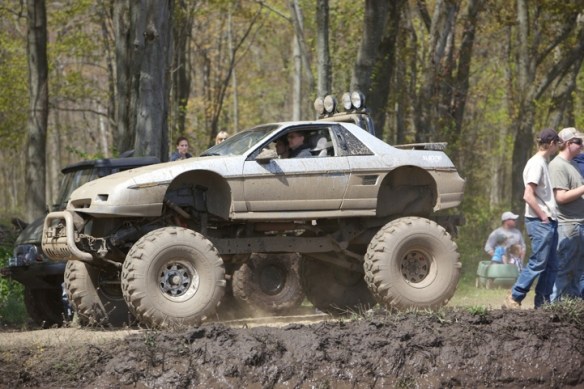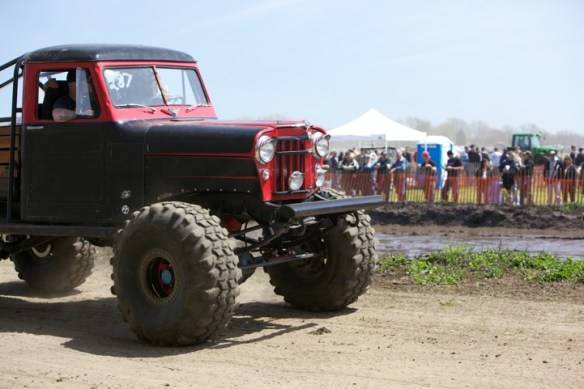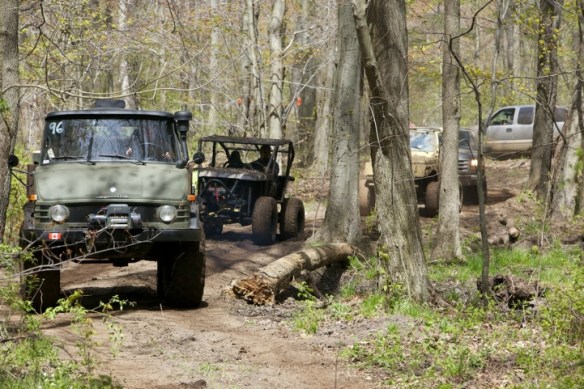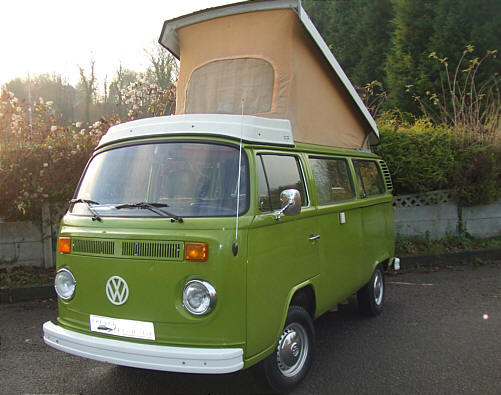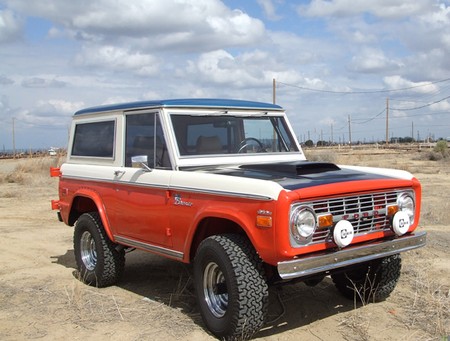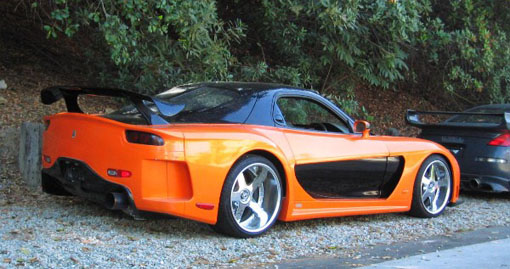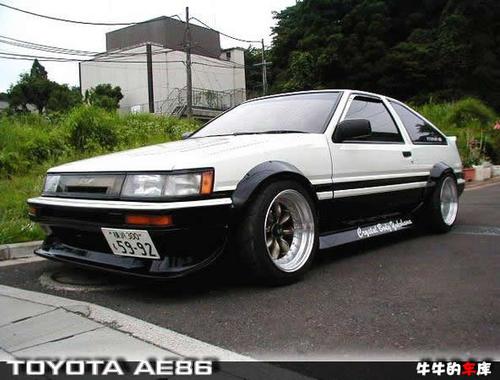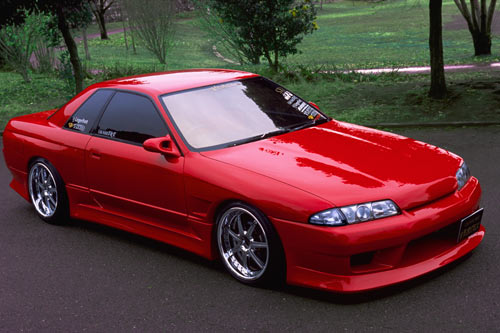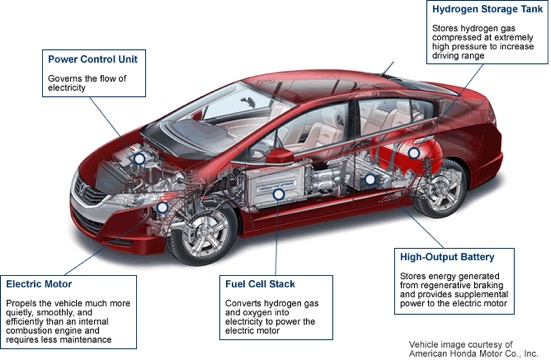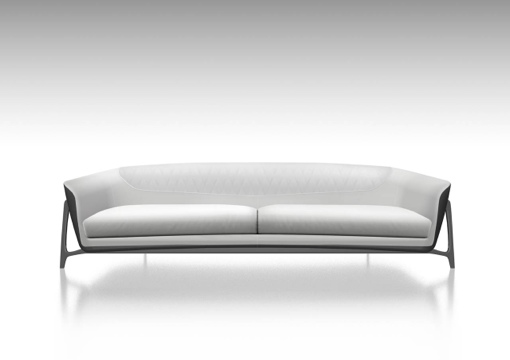This past weekend, I had the opportunity to spend a beautiful afternoon at Gopher Dunes in Courtland, Ontario attending the 2012 Spring Mudfest event. With over 400 trucks competing in three different mudbogs and trail sections it was a sight to see and hear. As spectators, you are able to get very close to the action which is not for the faint of heart as experiencing these trucks first hand is truly a very visceral experience.
Who says a Pontiac Fiero and Chevy Camaro are not suitable for the mud?
From the pint sized, four cylinder Suzuki Samurai’s, through to Jeeps of all kinds, Toyota 4Runners, Hummers and full size 4 x 4’s from decades ago, Mudfest attracts all types of enthusiasts to test their skill in the muddy farmland of Southwestern Ontario.
Here is an assortment of the machines at this year’s event.
1980s K5 Chevy Blazer
Chevy and Ford lined up and ready to go –
Heavily modified purpose built mudder
And don’t forget the Rednecks…
Having attended twice now, the one thing that still surprises me is the broad appeal of Mudfest. For example, some people roll up in their shiny new daily drivers while others bring their well used SUV’s and there are also the folks who come with their fire breathing custom fabricated mud slingers on trailers to be thrashed about for the afternoon.
It really is a special event and worth experiencing if you are interested in trucks of any kind. Although trucks and 4×4’s are designed to be used and abused in the mud the reality is only 15% of them ever experience any type of off-road use so to witness them in action doing what engineers designed them for is enlightening. For more information about Mudfest, be sure to check out the Gopher Dunes page on Facebook.

